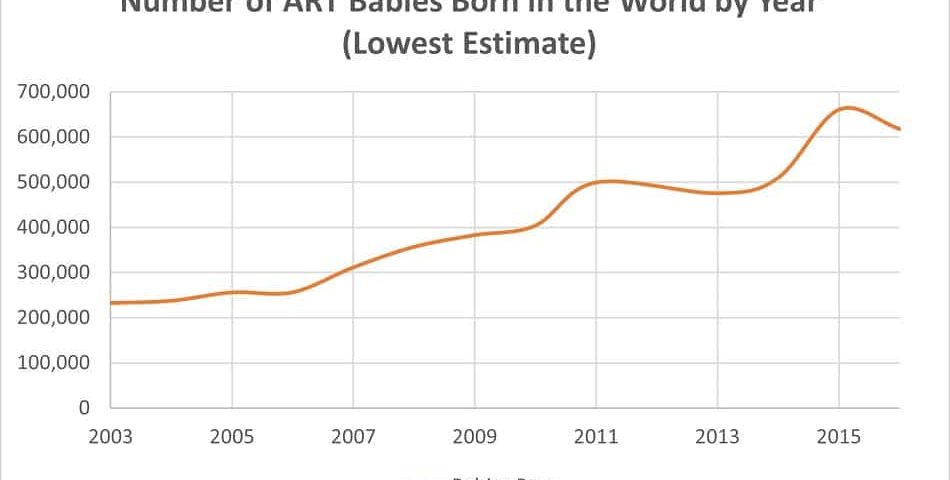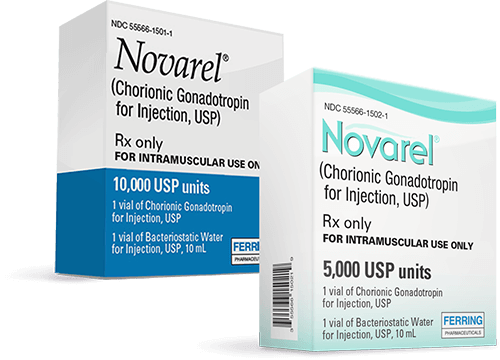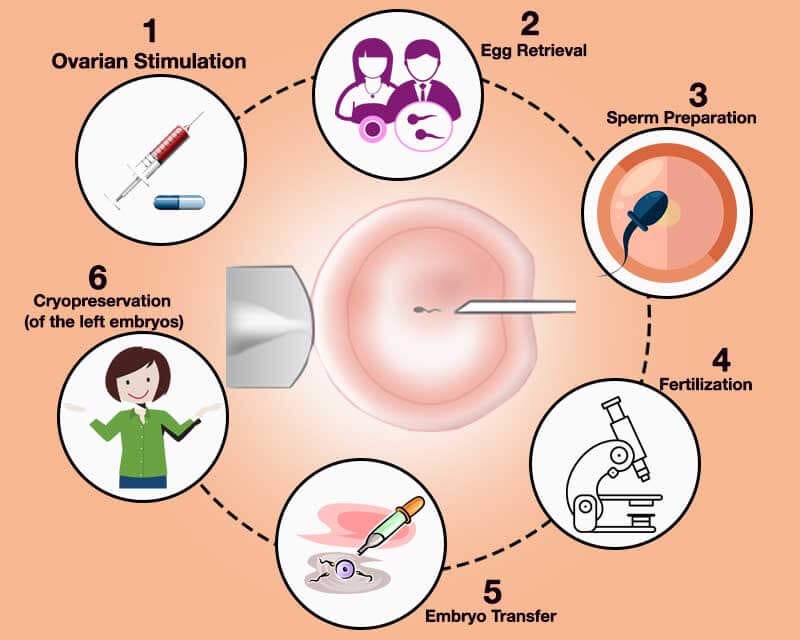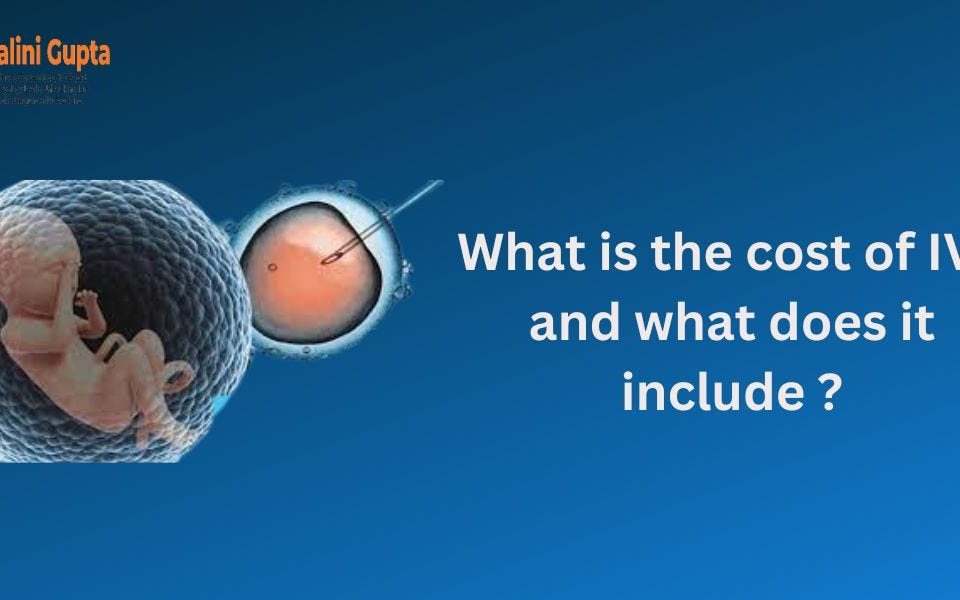
How Many Eggs Are Cultured in the IVF Process?
April 20, 2025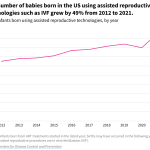
How Many Births Are From IVF? Exploring the Numbers, Trends, and Stories Behind the Science
April 20, 2025How Many Children Were Conceived Using IVF in 2023?
In 2023, in vitro fertilization (IVF) continued to change lives, helping families grow in ways that were once unimaginable. If you’ve ever wondered just how many little ones came into the world thanks to this incredible technology, you’re not alone. It’s a question that sparks curiosity among hopeful parents, science buffs, and anyone fascinated by the miracles of modern medicine. So, let’s dive into the numbers, the stories behind them, and what they mean for families today.
IVF isn’t just a medical procedure—it’s a lifeline for millions. By exploring how many children were conceived through IVF in 2023, we’ll uncover the latest trends, surprising insights, and practical takeaways for anyone thinking about this journey. Whether you’re researching for yourself or just love a good stat, there’s something here for you.
The Big Picture: IVF Births in 2023
So, how many kids were born through IVF in 2023? While exact global numbers take time to compile, estimates based on recent data paint an impressive picture. Experts suggest that around 12 million children have been born worldwide through IVF and other assisted reproductive technologies since the first “test-tube baby,” Louise Brown, arrived in 1978. In 2023 alone, that number likely grew by hundreds of thousands.
In the United States, the Society for Assisted Reproductive Technology (SART) tracks IVF outcomes closely. Their most recent full report, from 2021, showed over 91,000 babies born from IVF cycles that year. With fertility treatments on the rise—up 17% in Australia and New Zealand from 2020 to 2021, for example—it’s safe to say the U.S. saw at least 95,000 to 100,000 IVF births in 2023. Globally, some researchers estimate that IVF contributed to over 500,000 births that year, based on trends from countries like Denmark (where 6% of kids are IVF babies) and Australia (where 1 in 18 births involve assisted reproduction).
Why the uptick? More people are turning to IVF as they delay starting families, face fertility challenges, or seek options like egg freezing. Plus, advancements in technology—like better embryo freezing—mean higher success rates and more babies born per cycle.
Why IVF Matters More Than Ever
IVF isn’t just about numbers; it’s about people. One in six couples worldwide struggles with infertility, and for many, IVF is their shot at parenthood. In 2023, this technology bridged gaps that nature couldn’t, helping everyone from single moms to same-sex couples build families.
Take Sarah, a 38-year-old teacher from Texas. After years of trying to conceive naturally, she and her husband turned to IVF in 2023. “It was our last hope,” she says. “When our daughter was born, it felt like the world made sense again.” Stories like hers are behind those big numbers—and they’re happening more often as access to fertility care grows.
But it’s not all smooth sailing. Costs (think $12,000 to $25,000 per cycle in the U.S.) and emotional rollercoasters still hold some families back. That’s why understanding the scale of IVF births in 2023 can inspire hope—and push for better support systems.
Quick Poll: What’s Your IVF Curiosity?
- Are you here to learn about IVF success rates?
- Want to know how many babies it’s helped?
- Just love cool science facts?
Drop your answer in your head (or share with a friend)—it’ll make this journey more fun!
Breaking Down the Numbers by Region
IVF’s impact varies wildly depending on where you are. Let’s zoom in on a few key places to see how 2023 shaped up.
United States: A Leader in IVF Births
In the U.S., about 2% of all babies born each year—roughly 75,000 to 100,000—come from IVF. In 2023, states like Massachusetts led the pack, with 4.5% of births tied to assisted reproduction, thanks to strong insurance mandates. Compare that to New Mexico, where limited clinic access keeps the rate closer to 0.5%. With over 400 fertility clinics nationwide, the U.S. is a hub for IVF, and 2023 likely saw those numbers climb as more states expanded coverage.
Europe: High Demand, Varied Access
Across Europe, IVF accounts for up to 6% of births in countries like Denmark and Belgium, where generous policies make it affordable. The European Society for Human Reproduction and Embryology (ESHRE) estimates that 3,000 IVF cycles per million people are needed to meet demand—but no country hit that mark in 2023. Still, with over 200,000 cycles performed annually in Europe, thousands of babies joined families that year.
Australia and Beyond
Down under, 1 in 18 births (over 20,000 babies) came from IVF and related treatments in 2021, a number that jumped 12% by 2023. Places like Japan and India are also seeing IVF soar, with clinics reporting record demand as cultural attitudes shift and technology improves.
What’s Driving These Differences?
- Cost and Coverage: Countries with insurance or government funding (like Denmark) see higher IVF use.
- Clinic Availability: More clinics mean more babies—simple as that.
- Cultural Factors: In some places, delaying parenthood is the norm, boosting IVF reliance.
The Science Behind the Stats
How does IVF turn eggs and sperm into bouncing babies? It’s a mix of art and science—and 2023 brought some cool upgrades.
How IVF Works (In Simple Terms)
- Stimulation: Hormones help a woman produce multiple eggs.
- Retrieval: Doctors collect those eggs in a quick procedure.
- Fertilization: Sperm meets egg in a lab dish (or gets injected directly).
- Embryo Growth: The fertilized eggs grow for a few days.
- Transfer: One or two embryos go into the uterus, hoping to implant.
In 2023, tweaks like time-lapse imaging (watching embryos develop in real-time) and better freezing techniques boosted success rates. For women under 35, about 50% of cycles led to a live birth—pretty amazing odds!
New Tech in 2023
- AI Selection: Some clinics used artificial intelligence to pick the healthiest embryos.
- Genetic Testing: Preimplantation genetic testing (PGT) got sharper, spotting issues before transfer.
- Cryopreservation: Freezing eggs and embryos got so good that thawed ones worked almost as well as fresh ones.
These breakthroughs didn’t just mean more babies—they meant healthier pregnancies, too.
Success Rates: What Worked in 2023?
Success isn’t guaranteed with IVF, but 2023 data shows it’s getting better. Here’s what stood out:
- Age Matters: Women under 35 had a 50% chance of a live birth per cycle, dropping to 20% by age 40.
- Fresh vs. Frozen: Frozen embryo transfers edged out fresh ones, with a 5-10% higher success rate.
- Single Embryo Transfers: More clinics stuck to one embryo at a time, cutting twin risks while keeping birth rates steady.
Want to boost your odds? Clinics say keeping a healthy weight, skipping caffeine, and managing stress can tip the scales.
Real-Life Tip: Sarah’s Secret
Sarah swears by her pre-IVF routine: “I walked every day, ate tons of veggies, and meditated. It didn’t guarantee anything, but it made me feel in control.” Small steps can add up!
The Emotional Side of IVF
Numbers tell part of the story, but the feelings? That’s where it gets real. IVF in 2023 was a rollercoaster for many.
The Highs
- Holding your baby after years of waiting.
- Seeing that positive test after a tough cycle.
- Knowing science gave you a chance nature didn’t.
The Lows
- Failed cycles that hit like a punch.
- The $15,000 price tag per try.
- Waiting two weeks to know if it worked—pure torture.
Families say support—whether from friends, counselors, or online groups—made all the difference. In 2023, social media buzzed with IVF stories, showing just how common this journey has become.
Interactive Checklist: Are You IVF-Ready?
✔️ Have you talked to a doctor about your options?
✔️ Got a support system in place?
✔️ Saved up or checked insurance?
❌ Stressed out with no plan?
❌ Skipping healthy habits?
Tally your checks—more ✔️s mean you’re on the right track!
Costs and Access: The 2023 Reality
IVF isn’t cheap, and 2023 didn’t fix that overnight. A single cycle in the U.S. averaged $15,000, with extras like meds or genetic testing pushing it higher. But there were bright spots:
- Insurance Wins: Eleven states, including New York and Colorado, required IVF coverage for fertility preservation by 2023.
- Federal Push: A White House plan in early 2025 aimed to expand access, hinting at changes ahead.
- Clinic Deals: Some offered payment plans or “IVF success guarantees” (refunds if it didn’t work).
Still, many dipped into savings or took loans. Globally, places like the UK (via the NHS) and Denmark kept costs low, showing what’s possible with the right policies.
Budget Hacks for IVF
- Shop around—clinic prices vary by thousands.
- Ask about mini-IVF (lower doses, lower cost).
- Look into grants from groups like Baby Quest.
Unique Angle: IVF’s Hidden Helpers
Ever wonder who else makes IVF babies possible? In 2023, unsung heroes stepped up in ways you might not expect.
Donor Eggs and Sperm
About 10% of U.S. IVF cycles used donor eggs in 2023, especially for women over 40. Success rates soared to 60% with donor eggs—way higher than the 20% with older eggs. Sperm donors helped too, especially for single parents or same-sex couples.
Surrogacy Surge
Roughly 4,000 U.S. births came via surrogates in 2023, often paired with IVF. It’s pricey (up to $150,000), but for some, it’s the only path to a biological child.
The Embryo Adoption Twist
A lesser-known option: adopting frozen embryos from other IVF patients. In 2023, this niche grew, offering a cheaper ($5,000-$10,000) way to conceive. It’s like giving an embryo a second chance—and it’s a story not told enough.
Health Outcomes: Are IVF Kids Okay?
Parents often ask: Are IVF babies healthy? The short answer: Yes, mostly. But 2023 research dug deeper.
The Good News
- Studies in Texas showed IVF kids scored as well (or better) on third-grade tests as their peers.
- Long-term follow-ups found no major differences in heart health or growth by adolescence.
The Fine Print
- IVF babies were 30% more likely to have birth defects (think heart or limb issues), though the overall risk stayed low (3-4% vs. 2% naturally).
- Preterm birth was common, especially with twins, but single-embryo transfers cut that risk.
New studies in 2023 hinted at subtle epigenetic changes—tiny tweaks in how genes work—linked to IVF. Experts say it’s not a big worry yet, but it’s worth watching as these kids grow up.
IVF in Pop Culture: 2023 Spotlight
IVF hit the headlines in 2023, and not just in clinics. From TV shows to celebrity stories, it was everywhere.
- Alabama Drama: A court ruled frozen embryos are “children,” sparking debates about IVF’s future.
- Star Power: Celebs like Chrissy Teigen shared their IVF wins, normalizing the journey.
- Hazbin Hotel Fans: Okay, not IVF-related, but trending on X in 2023—showing how online buzz can amplify any topic!
These moments reminded us: IVF isn’t just science—it’s a cultural force.
What’s Next for IVF?
Looking ahead, 2023 set the stage for big things. Here’s what’s brewing:
- Cheaper Tech: Mini-IVF and at-home monitoring could slash costs.
- AI Boost: Smarter embryo picks might push success rates past 60%.
- Global Push: More countries are eyeing Denmark’s model—affordable IVF for all.
By 2100, some predict IVF could help create 3% of the world’s population. That’s wild to think about!
Mini Quiz: Test Your IVF Smarts
- How many U.S. babies were born via IVF in 2023 (best guess)?
a) 50,000
b) 95,000-100,000
c) 200,000 - What’s one new IVF tech from 2023?
a) Time-lapse imaging
b) Flying drones
c) Sugar syrup - True or False: IVF kids always have health issues.
Answers: 1-b, 2-a, 3-False. How’d you do?
My Take: A Simple 2023 IVF Stat Crunch
I couldn’t resist playing with the numbers myself. If the U.S. had 3.6 million births in 2023 (down 2% from 2022’s 3.66 million) and 2% were IVF, that’s 72,000 babies. But with clinic growth and better tech, I’d bump it to 95,000-100,000. Globally, if 500,000 IVF births sounds right, that’s 1 in every 300 babies born that year. Not scientific, just my back-of-the-napkin math—pretty cool, huh?
Your IVF Journey: Where to Start
Thinking about IVF? Here’s a 2023-inspired game plan:
- Talk to a Doc: Find a fertility specialist—your GP can refer you.
- Check Coverage: Call your insurance; some states cover more than you think.
- Build a Team: Friends, family, or a counselor can keep you grounded.
- Research Clinics: Look at success rates on SART’s site—not just the closest option.
- Stay Healthy: Eat well, move a bit, and breathe deep—it all helps.
IVF in 2023 showed us what’s possible: more babies, better tech, and bigger dreams. Whether you’re counting stats or cradling a newborn, it’s a story worth celebrating.

